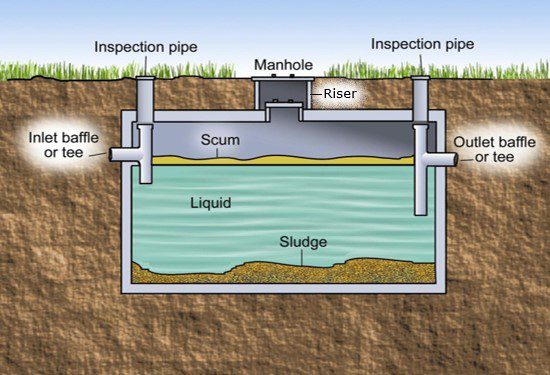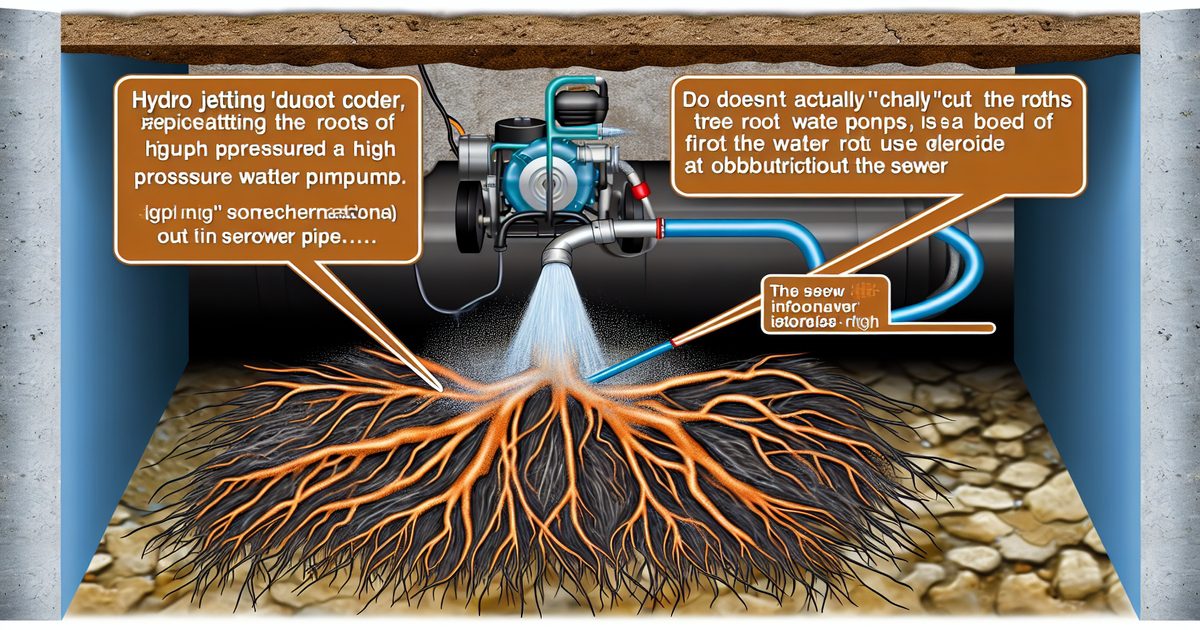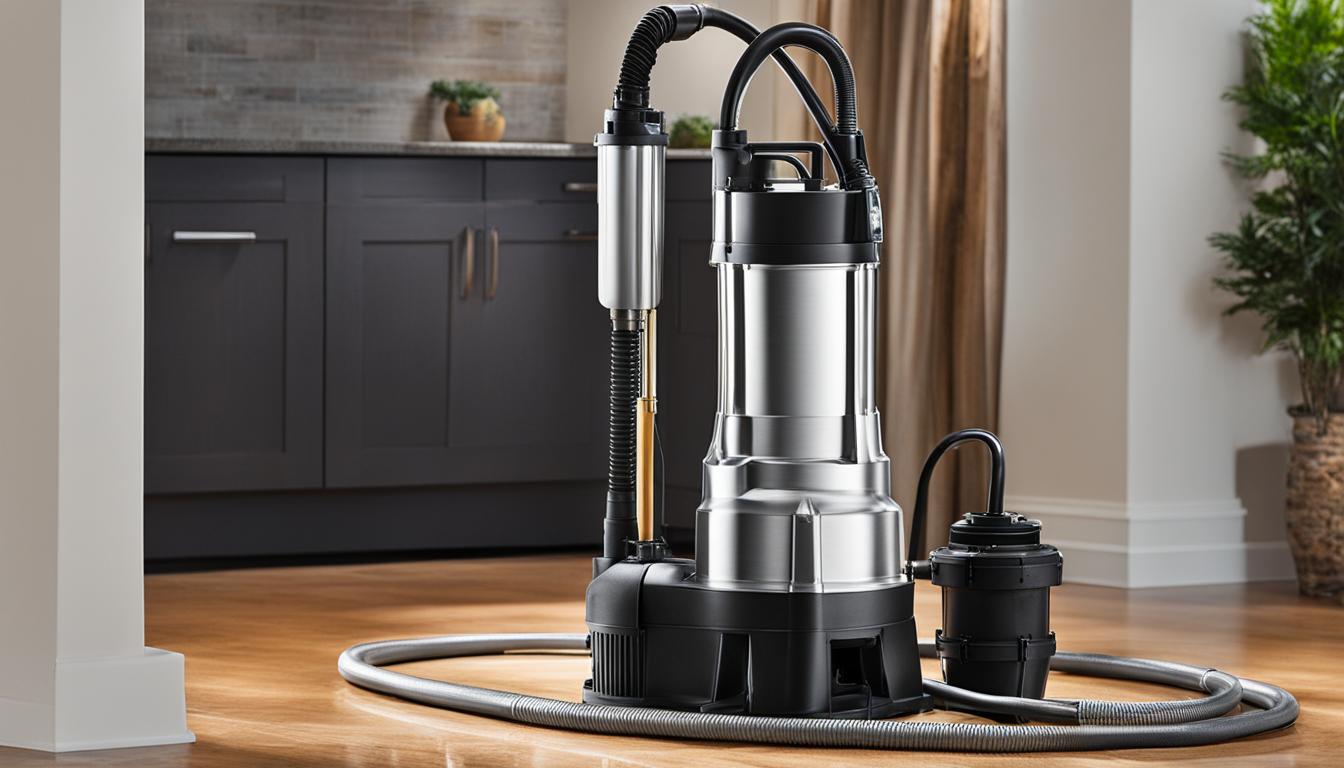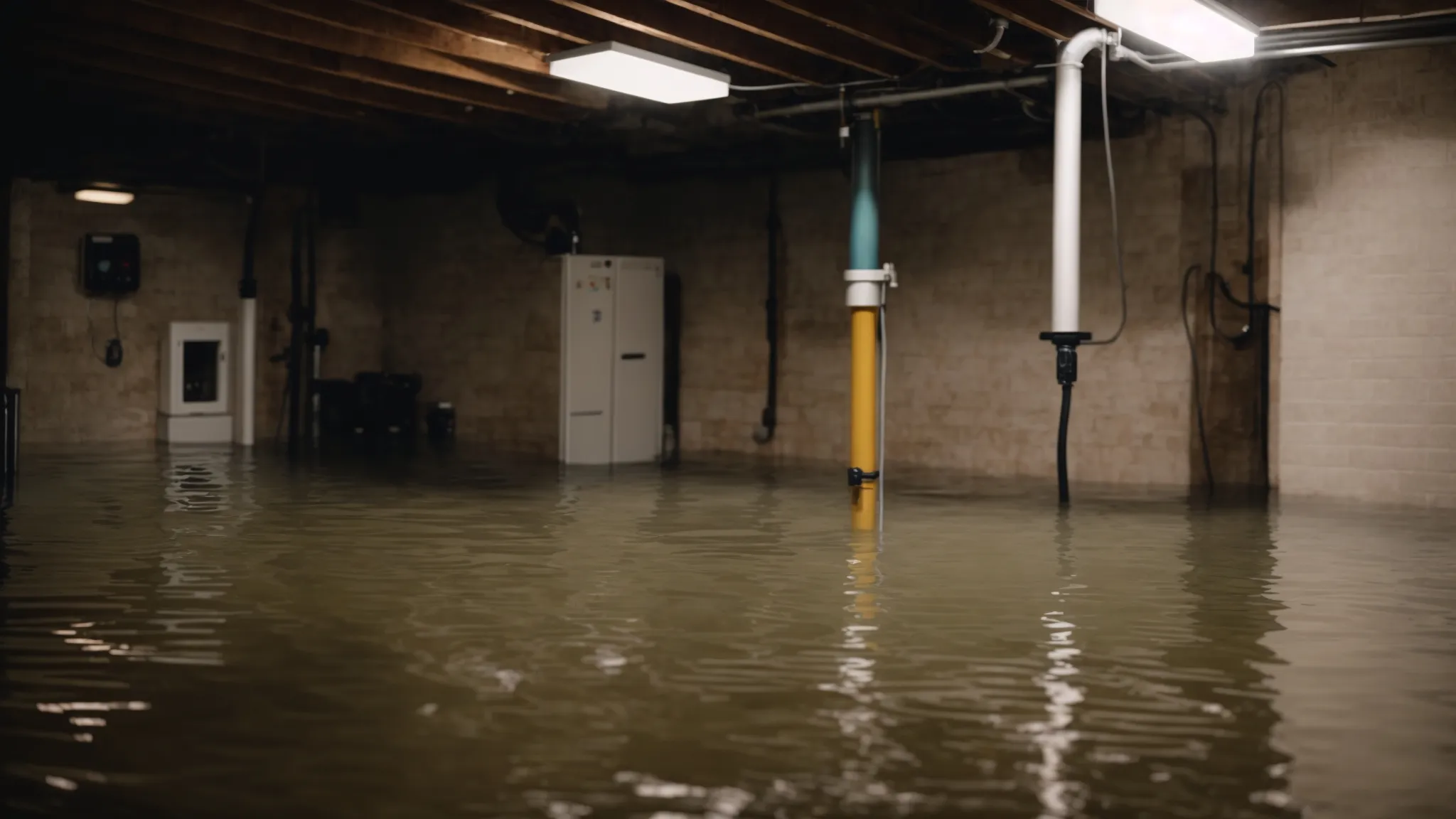To build a septic drain field, dig a trench, install perforated pipes, cover them with gravel, and top it off with a layer of soil.
Importance Of A Well-constructed Septic Drain Field
A septic drain field plays a crucial role in the functionality of a septic system. It serves as the final stage of wastewater treatment, where the effluent from the septic tank is dispersed into the soil. The drain field effectively filters and treats the wastewater, preventing contamination of groundwater and nearby water bodies.
A well-built drain field ensures the proper distribution of the effluent across the drain lines, promoting efficient treatment and disposal. On the contrary, a poorly constructed drain field can lead to a range of issues.
One of the most significant problems associated with a poorly built drain field is the potential health hazards it poses. Improperly treated effluent may contain harmful bacteria and pathogens, which can contaminate nearby water sources and jeopardize public health. Moreover, a malfunctioning drain field can cause sewage backups and foul odors, creating an unsanitary environment.
Additionally, a poorly constructed drain field can also have adverse environmental impacts. The untreated or inadequately treated wastewater can seep into the surrounding soil and pollute the groundwater. This can harm local ecosystems, contaminate drinking water supplies, and disrupt the balance of delicate ecosystems.
Planning And Designing Your Septic Drain Field
Building a septic drain field requires careful planning and design. Assessing soil conditions and percolation rates is an essential step in this process. Conducting a thorough analysis of the soil composition and its ability to absorb water will help determine the appropriate drain field design. Calculating the required drain field size based on household needs is another crucial consideration. This calculation takes into account the number of bedrooms in the house, the number of occupants, and the daily water usage. It’s important to ensure that the drain field is adequately sized to handle the wastewater generated by the household. Once the size is determined, selecting a suitable layout and location for the drain field is the next step. Factors such as setbacks, groundwater level, and property boundaries need to be taken into consideration when designing the drain field layout. Proper planning and design are essential for a functional and efficient septic drain field that meets local regulations and provides long-lasting performance.
Constructing A Solid Septic Drain Field
Constructing a solid septic drain field involves excavating the drain field area to proper specifications. This step is crucial to ensure the proper functioning of the system. Excavation involves removing the topsoil and digging a trench to the required depth and width. The next step is installing distribution pipes and gravel beds. Distribution pipes evenly distribute effluent from the septic tank to the drain field. Gravel beds provide a stable base for the drain field and help with the filtration process.
Once the distribution pipes and gravel beds are in place, the next step is layering and positioning the perforated drain pipes. These pipes allow the effluent to disperse into the surrounding soil. They should be positioned at the appropriate depth and aligned properly to ensure proper drainage. The final step is backfilling the drain field area with soil, making sure to avoid compacting it too densely.
Building a septic drain field requires careful planning, adherence to local regulations, and proper installation techniques. By following these steps, you can construct a reliable septic drain field that will efficiently process wastewater for years to come.
Ensuring Longevity And Efficiency Of Your Drain Field
Ensuring Longevity and Efficiency of Your Drain Field
Deciding on the appropriate septic system design for long-term function is crucial. It is essential to consider factors such as soil type, water table level, and property size. A well-designed septic system will facilitate proper wastewater treatment and prevent the overloading of the drain field. Conducting regular maintenance and inspections are key to preventing costly problems.
Implementing a routine maintenance and inspection schedule is vital for the longevity and efficiency of your drain field. Regularly pumping the septic tank reduces the risk of solids clogging the drain field pipes. Inspections can identify any issues before they escalate, allowing for timely repairs.
Avoiding common mistakes is imperative to protect the integrity of your drain field. Avoid parking or driving heavy machinery over the drain field area, as it can compress the soil and hinder drainage. Refrain from planting trees or shrubs with aggressive root systems near the drain field, as roots can infiltrate pipes and cause damage.
Safeguarding The Septic Drain Field From Potential Issues
Safeguarding the septic drain field is crucial to ensure its effective functioning and longevity. There are several measures that can be taken to protect the drain field from potential issues.
Firstly, it is important to prevent excessive water usage and flooding. Excess water can overwhelm the drain field, leading to system failure. It is recommended to fix any leaky faucets or toilets promptly, and limit the use of water-intensive appliances.
Another essential step is to prevent the infiltration of harmful substances into the drain field. This includes avoiding the disposal of grease, chemicals, and non-biodegradable materials down the drain. Proper waste management practices should be adopted to ensure only wastewater enters the drain field.
Moreover, managing landscaping and vegetation is vital to prevent root intrusion. Planting trees or shrubs with shallow root systems away from the drain field can help minimize the risk of roots damaging the system. Regular maintenance, such as trimming of existing vegetation, should be performed to prevent any root overgrowth.
By following these preventive measures, homeowners can ensure the proper functionality and longevity of their septic drain field.
Troubleshooting Drain Field Problems
Troubleshooting Drain Field Problems: Septic drain field issues can cause significant problems and disruptions in your daily life. It is essential to identify signs of distress and failure to address them effectively. Common indicators of drain field issues include slow draining fixtures, unpleasant odors, pooling water, and unusually lush vegetation in the drain field area. To tackle these problems, you can start by conserving water, fixing leaky fixtures, and avoiding the use of harsh chemicals. Inspecting and pumping the septic tank regularly can prevent solids from clogging the drain field. However, it is crucial to know when to seek professional assistance for drain field repair. Experienced septic system professionals can diagnose the issue accurately and recommend appropriate measures to restore the functionality of your drain field.
Importance Of Routine Maintenance And Upkeep
Pumping the septic tank regularly: Regularly pumping the septic tank is crucial in preventing drain field clogging. Over time, solids accumulate in the tank and can flow into the drain field, causing blockages and system failures. A professional pump-out every 3-5 years ensures that the tank is properly emptied, reducing the risk of clogs and extending the drain field’s lifespan.
Implementing septic-safe practices: Implementing septic-safe practices is vital for maintaining the health of the drain field. This includes not flushing non-biodegradable items, excessive water usage, and chemicals harmful to septic systems. Proper waste disposal, water conservation, and the use of septic-safe products can help prevent any damage to the drain field and maintain its functionality.
Monitoring and addressing potential issues: Regular monitoring of plumbing and septic systems allows for timely detection and addressing of potential issues. Signs of drain field problems, such as slow drains or foul odors, should never be ignored. Promptly addressing these issues can prevent further damage and potentially costly repairs, ensuring the long-term effectiveness of the drain field.
Eco-friendly Practices For A Stronger Drain Field
Building a strong and efficient septic drain field is crucial for the proper functioning of a septic system. One of the key aspects of creating a sustainable drain field is adopting eco-friendly practices. By using septic-safe household products that are free from harmful chemicals, you can reduce the risk of damaging your drain field. Opt for biodegradable and natural cleaning agents to minimize the impact on the system.
Implementing water conservation measures is another essential step in maintaining a healthy drain field. Conserving water not only helps in reducing strain on the drain field but also helps in preventing overflows and backups. Simple practices like fixing leaky faucets, using low-flow fixtures, and limiting laundry and dishwasher loads can make a significant difference.
Moreover, educating all household members on proper septic system usage is crucial. Everyone should be aware of what items can and cannot be flushed down the drain or toilet. Avoid disposing of items like wipes, feminine hygiene products, and grease down the drain as they can clog the system and cause damage to the drain field.
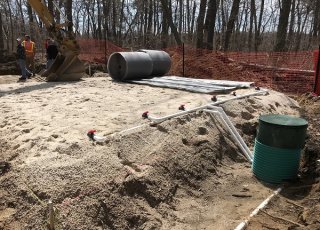
Credit: www.epa.gov
Frequently Asked Questions Of How To Build Septic Drain Field
How Deep Should Septic Drain Field Be?
Septic drain fields should typically be at a depth of around 18-36 inches. However, this can vary depending on local regulations and soil conditions. It’s important to consult a professional to determine the correct depth for your specific situation.
How Deep Is The Pipe From The Septic Tank To The Leach Field?
The depth of the pipe between the septic tank and the leach field can vary depending on the specific system and local regulations. It typically ranges from 1 to 3 feet deep, allowing for proper drainage and distribution of wastewater.
How Big Should A Drainfield Be?
A drainfield should be sized according to the number of bedrooms or fixture units in a home. Generally, it should be about 500 square feet per bedroom or 1000 square feet for each three to four bedrooms. It’s important to consult with a professional for precise calculations based on local regulations.
What Size Pipe Is Used For Septic Drain Field?
The size of the pipe used for a septic drain field varies, but typically a 4-inch diameter pipe is commonly used. However, it’s important to check local regulations, as the pipe size may differ depending on location.
Conclusion
Building a septic drain field requires careful planning and adherence to local regulations. By following the step-by-step instructions outlined you’ll be well on your way to creating an efficient and effective drainage system for your septic tank. Remember to consider factors such as soil type, placement, and maintenance to ensure the longevity and functionality of your drain field.
With proper installation and regular maintenance, your septic system can continue to operate smoothly for years to come.
